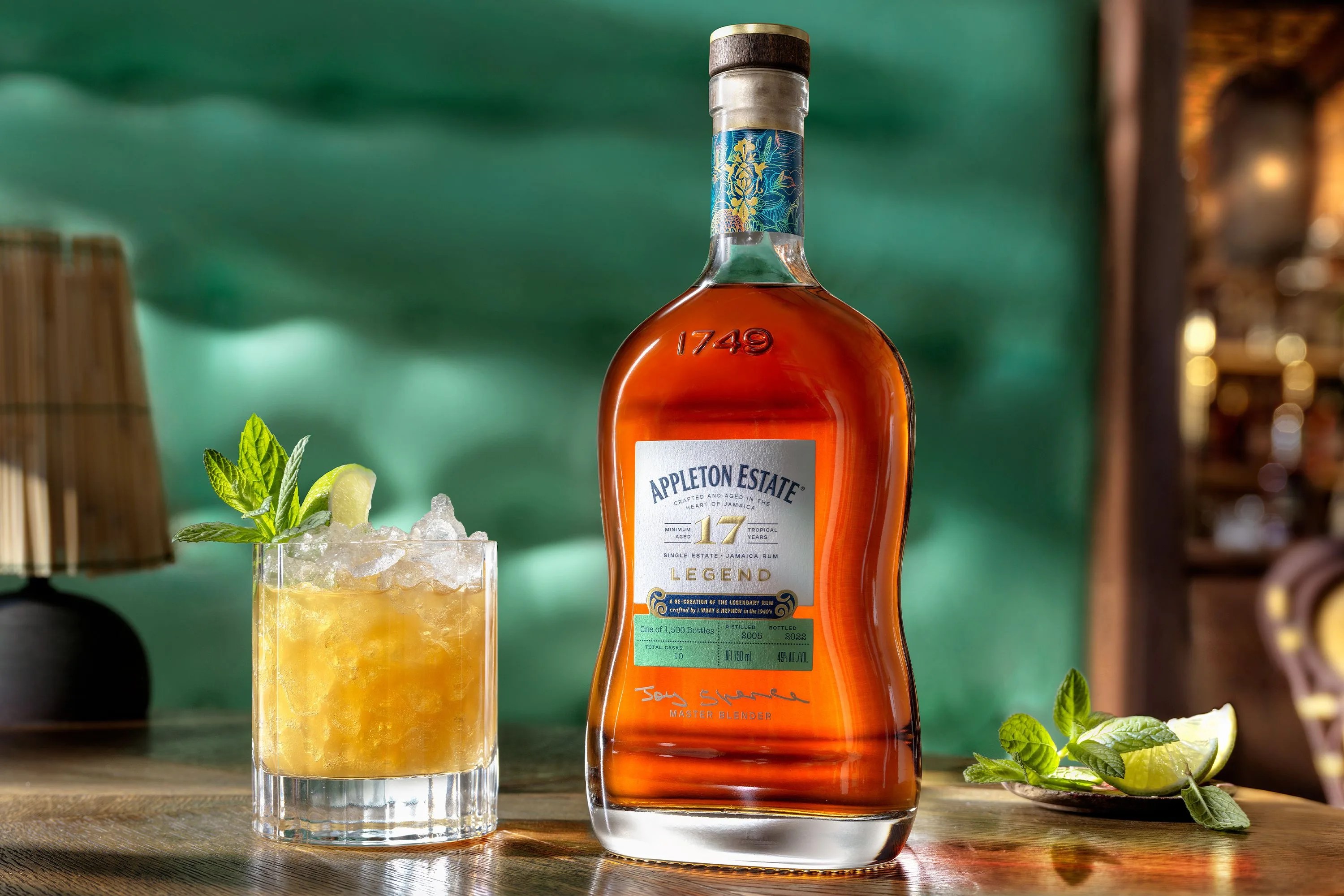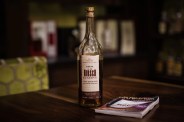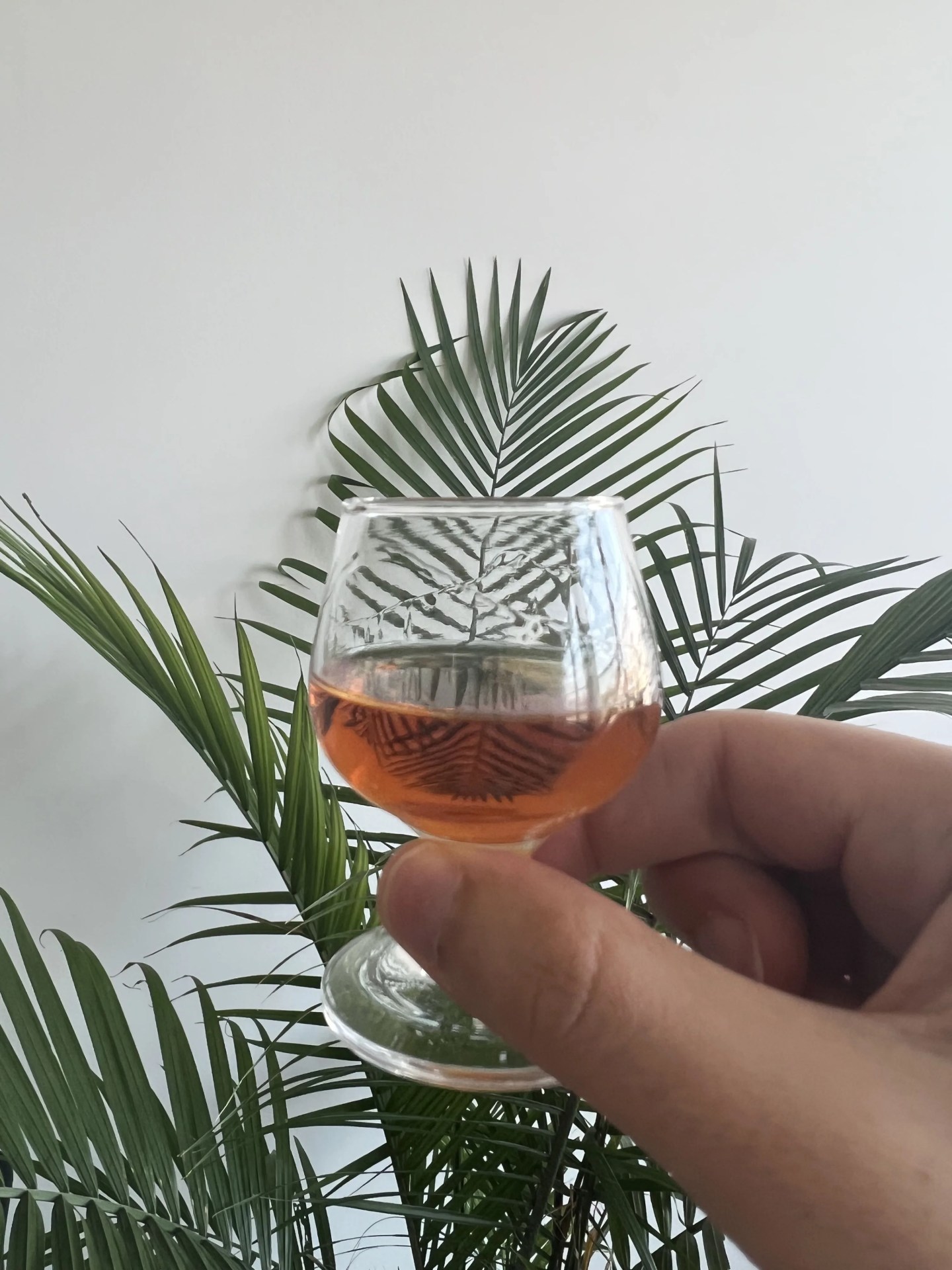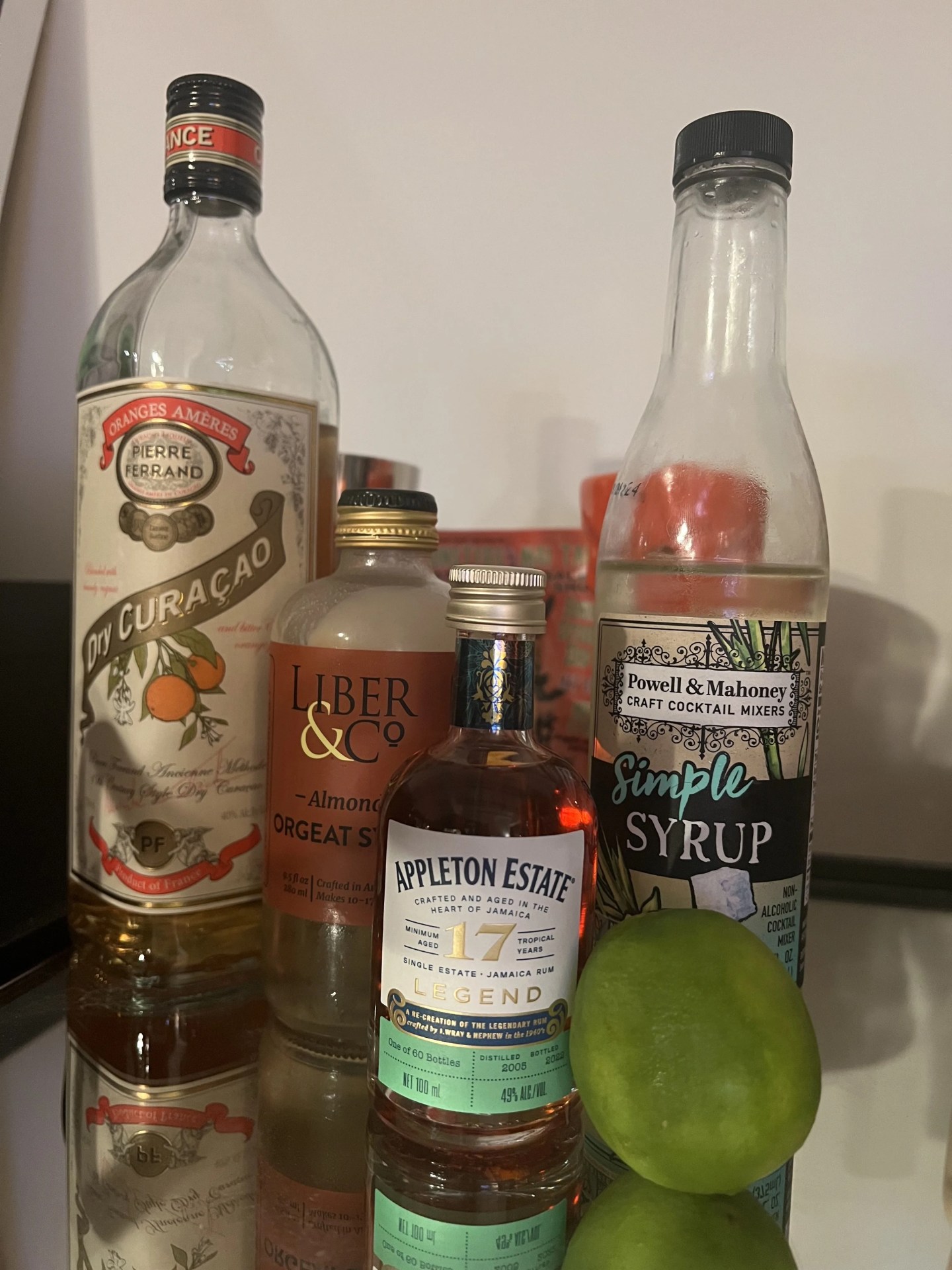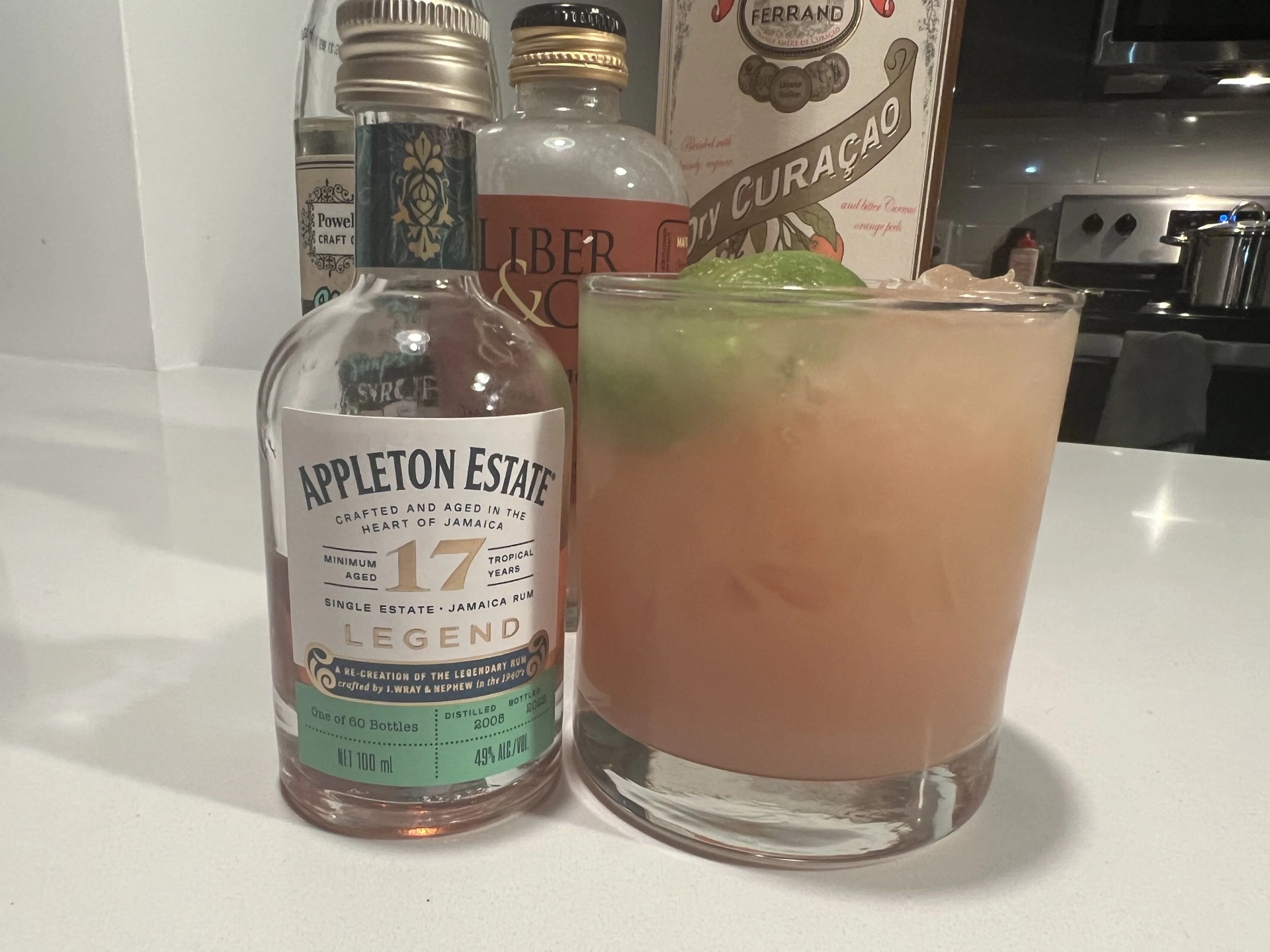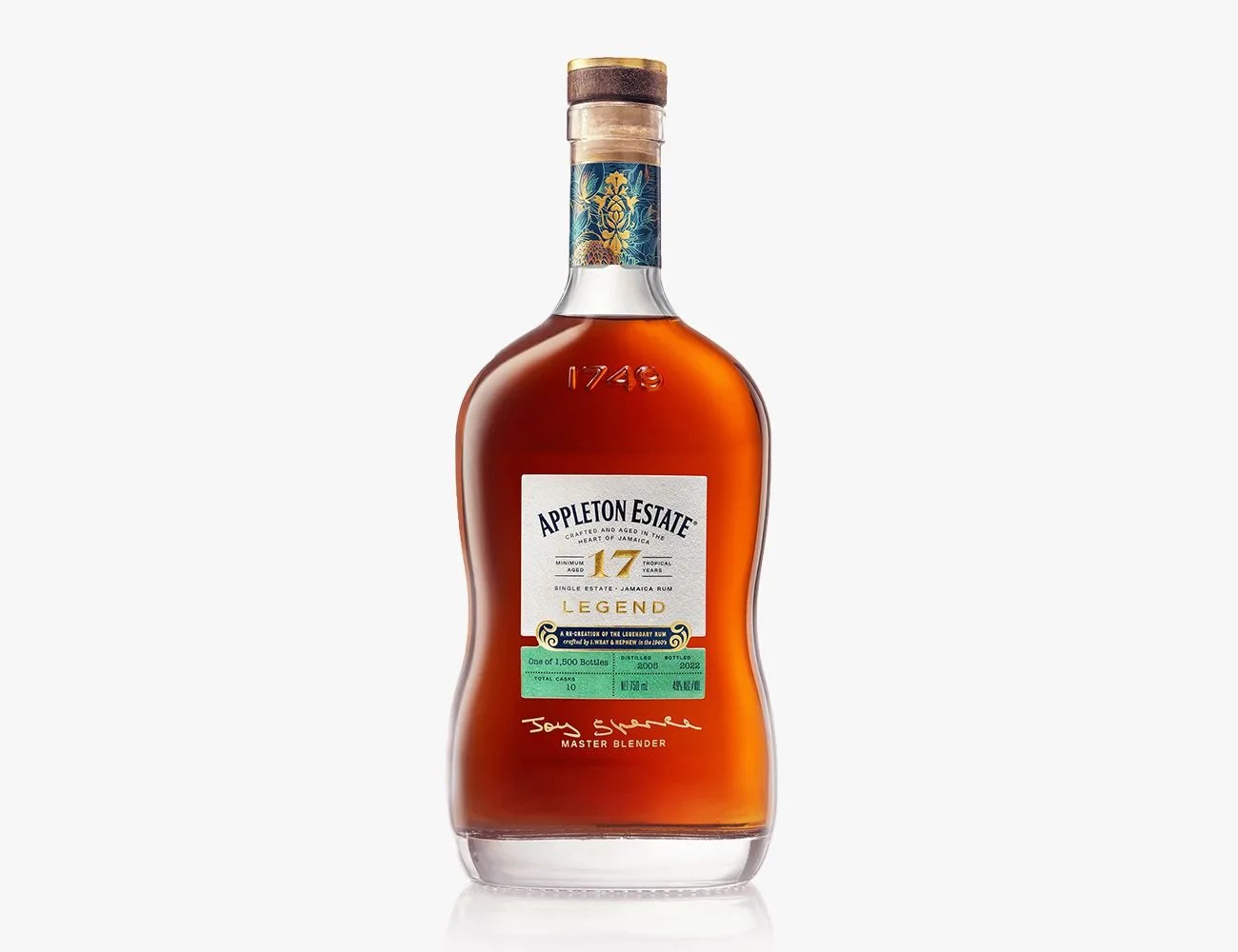While there is some debate, most spirits scholars and history buffs agree that the mai tai — arguably the most famous cocktail to emerge from the tiki movement of the mid-twentieth century — was invented in 1944 by Victor Bergeron, or as you may know him, Trader Vic. And while these days the “mai tai” you receive at most bars may contain things like pineapple juice, grenadine, and maybe a float of 151-proof rum, none of these overpowering ingredients appear in Vic’s original recipe.
Instead of a syrupy fruit bomb, Vic created the original mai tai for a specific purpose: to showcase the qualities of J. Wray and Nephew 17 Year. This gold Jamaican rum was considered the gold standard back when Vic was just getting started in the fledgling tiki business, and he created a drink that would complement the notes from this special rum, not smother it. Mixing up the spirit with fresh lime juice, orange curacao and dashes of simple syrup and orgeat (a milky almond syrup tinged with orange flower water), Vic served his new concoction to a couple of friends visiting his restaurant from Tahiti. As the story goes, they exclaimed ’Maita’i roa a’e’ upon trying the drink, which translates to “the best.” And that, according to Vic, is how the mai tai was invented.

A couple of decades later, J. Wray and Nephew 17 Year disappeared from shelves, never to be produced again. To try and recreate the taste, cocktail sleuths like tiki historian Jeff “Beachbum” Berry have recommended blending fine-aged Jamaican and Martinique rums, but with Wray & Nephew 17 bottles essentially impossible to find, it’s hard to say how close those approximations come. Until now, that is.
Jamaican rum distiller Appleton Estate has unveiled a one-off recreation of J. Wray and Nephew 17 Year that they’re calling Appleton Estate 17 Year Old Legend. The rum, which is limited to just 1,500 bottles worldwide and can’t be reproduced, was crafted by master blender Joy Spence, who referenced original manuscripts and formulas and worked with four rare distillates — all at least 17 years old — that had been set aside at the distillery due to their similarities to the Wray and Nephew’s flavor profile.
